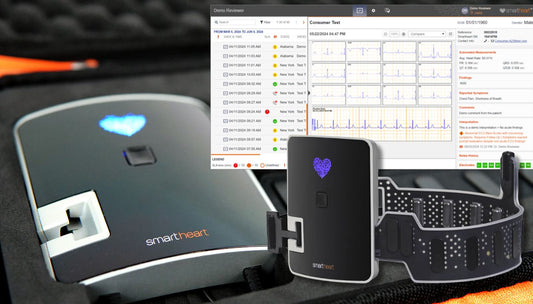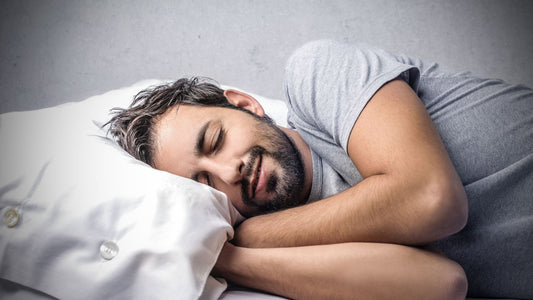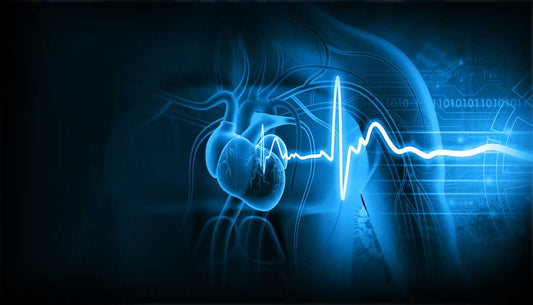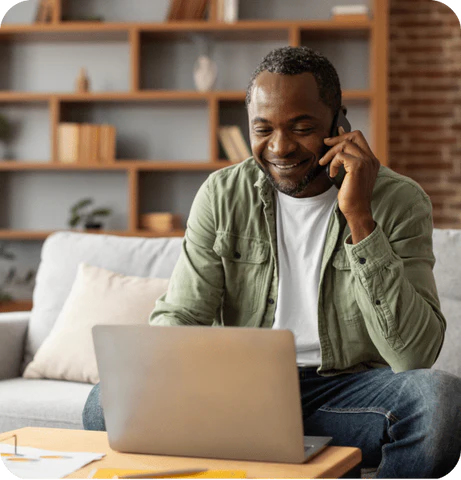Introduction
How crazy is electricity? Have you ever thought about it? It was discovered in fits and spurts throughout a hundred-year period by many different scientists, but even today, the impact of their findings is astounding. If there is one common objective to scientific inquiry, it is to take something that’s seemingly irreducible and then break it down into its simplest parts. People in the 17th century were completely flabbergasted by lightning, but by the end of the 18th century humanity understood that it wasn’t the sign of an angry demon or the Sun’s flames being captured in the clouds. They learned that lightning (that terrifying flash followed by the Earth rumbling under their feet) was simply the transfer of electrons. Taking this new knowledge of neutrons, protons, electrons, and conductors, scientists turned their gaze inward. Who could have predicted the same thing that lights the sky during a thunderstorm and that powers your phones, TVs, dishwashers, street lights, conveyor belts, copiers, scanners, drills, alarms, cameras, vacuum cleaners, coffee makers, X-ray machines, ovens, blenders, fans, bluetooth speakers, and the entirety of modern life would also be the thing that powers YOU? Who would have thought that electricity keeps you alive?
Starting in the 19th century, scientists discovered just that. With an experiment on a frog and the revelation that each heartbeat was accompanied by an electrical current, they pieced together the complex cellular dance that takes place in the heart – the movement of charged particles like sodium, potassium, calcium, and chloride that contracts muscles and allows blood to flow across the body. This discovery made possible one of the most effective tests for diagnosing cardiac illness: the electrocardiogram (or ECG heart device). The following blog will detail how the machine was invented and how it evolved over the course of a century from a 600-pound monstrosity in 1911 to the portable devices we enjoy today.
A Heavy Prelude
The first ECG heart device, unveiled by Willem Einthoven in 1911, marked a monumental leap in the understanding of cardiac activity. However, it was far from the compact and user-friendly devices we know today. Weighing a formidable 600 pounds, this early electrocardiogram resembled a complex assemblage of wires and machinery, requiring a dedicated space and more than one skilled technician.

This first ECG heart device took five people to operate and the recordings were often imperfect – Einthoven having to hand-correct imprecisions in the valleys and peaks the machine made on the photographic paper. The foundation was set, however, and his work provided a base for future researchers to innovate.
Advancements in Electrodes and Leads
Early ECGs involved the use of cumbersome, invasive electrodes. This status quo continued until Frank N. Wilson. A pivotal figure in the evolution of electrocardiography, Dr. Wilson made significant strides in the 1930s that forever altered the landscape of cardiac diagnostics. Recognizing the limitations of the electrode systems in use, Wilson focused on enhancing their precision and reliability. One of his notable contributions was the introduction of precordial (chest) leads, which involved placing electrodes directly on the chest to capture a more detailed and accurate picture of the heart's electrical activity. This innovation significantly improved the spatial resolution of ECG recordings, enabling clinicians to discern subtleties in cardiac patterns that were previously elusive. Wilson's advancements in electrode design played a crucial role in refining the diagnostic capabilities of the electrocardiogram, setting the stage for future innovations in cardiac monitoring and paving the way for the portable and user-friendly ECG devices we rely on today. His legacy lives on in the meticulous craftsmanship of modern electrodes, ensuring that the heartbeat's intricate dance is captured with unprecedented clarity and precision.
From Paper Scrolls to Digital Precision
The original ECG recordings were made on paper scrolls, offering a tangible representation of the heart's electrical activity. With the advent of digital technology, ECG machines transitioned to electronic displays, enhancing the precision and ease of interpretation. This shift not only streamlined the diagnostic process but also facilitated the integration of ECG data into electronic health records.
Holter Monitors and Ambulatory ECGs
In the mid-20th century, the development of Holter monitors allowed for continuous ECG monitoring over an extended period. This innovation enabled clinicians to capture irregularities that might not be evident in a standard ECG, paving the way for more comprehensive cardiac assessments. Today, ambulatory ECGs come in compact, wearable devices, providing real-time data without disrupting daily activities.
The Portable Revolution
As technology progressed, the ECG underwent a remarkable transformation in terms of size and portability. The once colossal machines became compact and portable, empowering healthcare professionals with the ability to perform ECGs at the bedside, in clinics, or even in remote locations.
Home ECG Heart Devices and Mobile Apps
Recent years have witnessed the emergence of home ECG devices and mobile applications, allowing individuals to monitor their heart health outside traditional healthcare settings. These user-friendly gadgets, often no larger than a smartphone, empower users to take an active role in their cardiac well-being, providing valuable data for both personal awareness and healthcare professionals.
Artificial Intelligence: A New Dimension
The integration of artificial intelligence has ushered in a new era for ECG interpretation. Advanced algorithms can analyze vast datasets, identifying patterns and anomalies with remarkable accuracy. This synergy of human expertise and AI capabilities enhances diagnostic precision and opens avenues for proactive healthcare.
Conclusion
The heavy machinery of the past has evolved into sleek, portable devices, democratizing access to cardiac diagnostics and ushering in an era of personalized healthcare. This leap into the future is epitomized by SmartHeart’s fully integrated, portable, 12-lead ECG heart device. The lightweight device uses cutting-edge technology to offer 24/7 readings and interpretations from board-certified cardiologists. It’s easy to use, connects with any smartphone, and – a real win – it’s comfortable! There are no adhesives or gels. All you need is just a few dabs of water and you’re set.
This new generation of ECGs will positively impact lives in innumerable ways and belongs to a lineage of ascending technologies. ECGs now allow patients to understand the inner workings of their own bodies – giving them the peace of mind of knowing when to go to the hospital and when they are safe to stay home – and provides a window: a window into that ubiquitous force that powers our bodies, our tools, and any light we see in the sky. A window into the pulsating rhythm of our outer and inner lives.
































